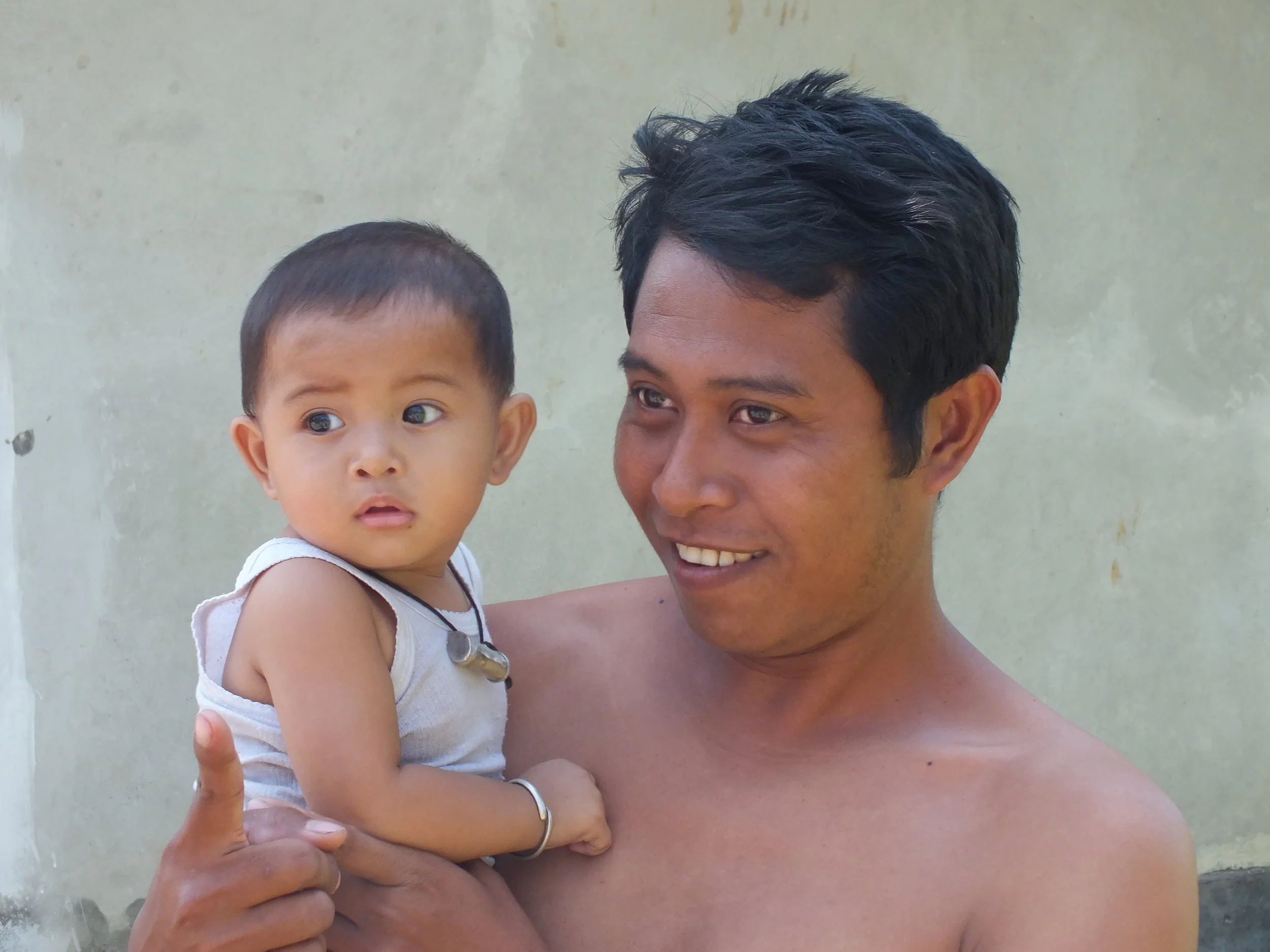This method leads to improving conscious and unconscious awareness between caregiver and baby that subsequently helps the child to be more in tune with his or her own body and feelings. This enhances awareness and a relational way of being that impacts on individual and societal communication.
Many people I interviewed stressed how it was important that the baby should feel clean and comfortable, that a baby instinctively wants to wee and poo away from the body, and not sit in their own waste. They emphasised that this was doing the "best for the baby". They felt that that had to be the priority.
This is a particularly useful way to become more closely connected and bonded with the baby if you are working parents, a caregiver who has not carried or given birth to the child, have a child with a disability, have a premature baby who has had to start life in an incubator, or if you have an adopted baby. This method of closely monitoring the body language of the child and responding to his or her cues promotes a deep resonance at a crucial stage in the dyad's relationship. This millisecond to millisecond detailed body knowledge developed between two people when the baby is so young enables them to foster a brainwave pattern that is in sync.
““Progress is impossible without change, and those who cannot change their minds cannot change anything””

